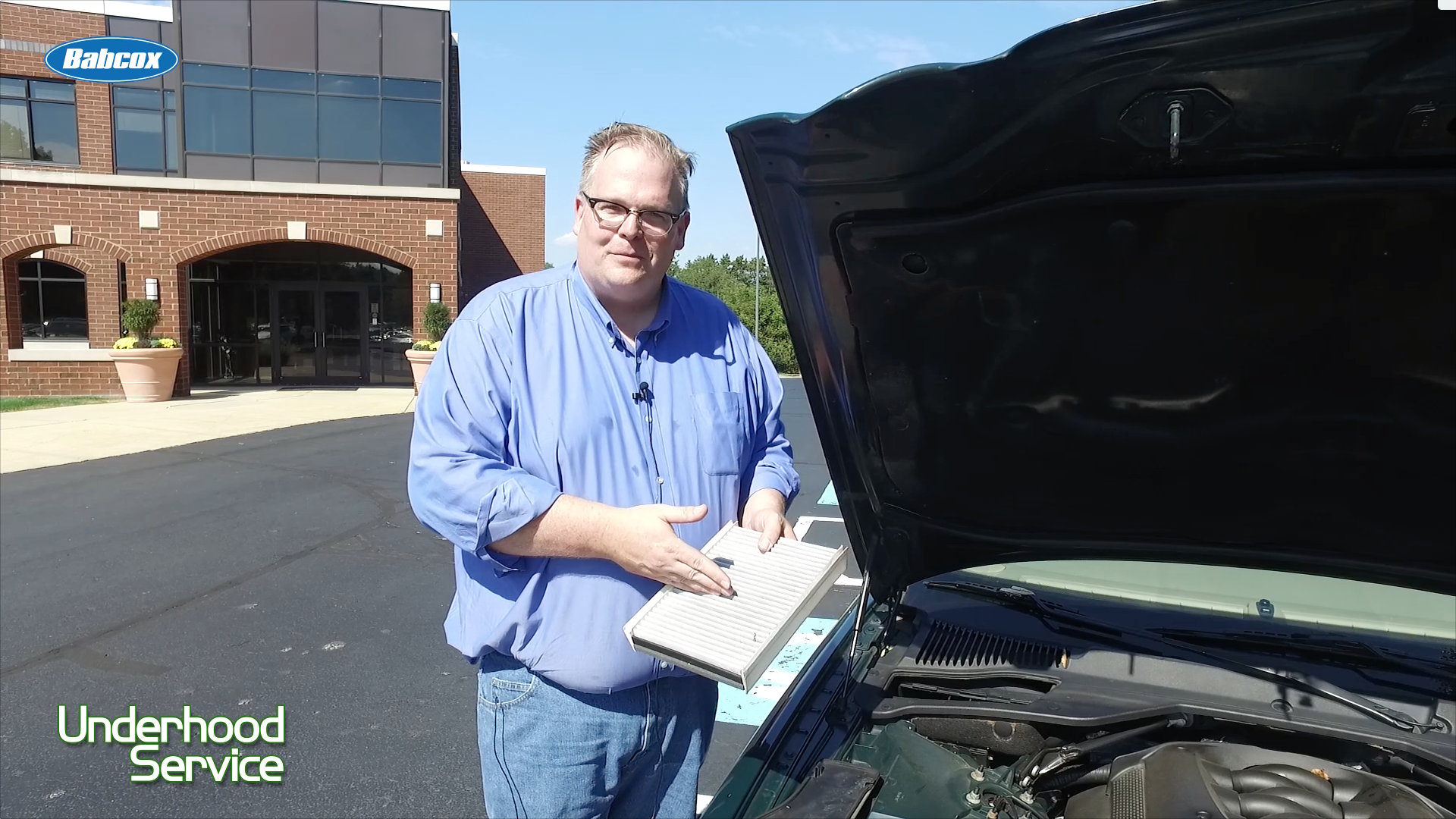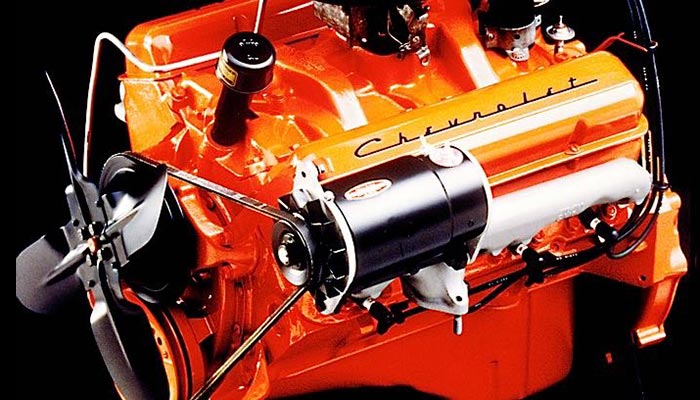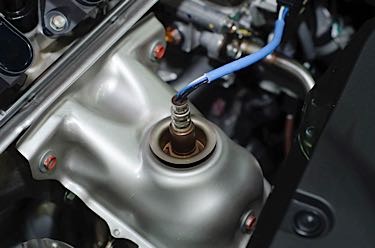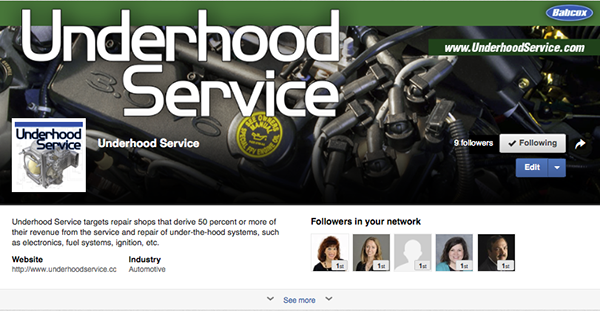We have seen a slow increase in rotor prices over the last year. Every link in the supply chain from manufacturers to your local parts supplier has adjusted its prices. This is due to rising raw material costs. Also, the cost to manufacturer and ship rotors to your bay has increased dramatically. Resurfacing can restore the friction surface on worn rotors to like-new condition, unless a rotor is worn down too far to be safely resurfaced or has cracks, deep grooves, severe rusting, hard spots or other structural defects.
The price of many aftermarket rotors has fallen drastically in recent years due to the availability of inexpensive offshore rotors. This has put shop owners in a difficult dilemma. If new “economy line” rotors are less than the cost of labor to machine the rotor (and is more profitable), why not sell new rotors in some cases? The problem may be in the solution. Quality remains an issue with some of these rotors, but the price is so attractive for some shops. A rotor may not look complex on the surface, but if the manufacturer did not take the time to match the fin pattern of metallurgy, it could mean a worse comeback than if you machined the old rotor.
Premium rotors typically use the same casting configuration as the original (same number of cooling ribs between the faces and same pattern). Vehicle manufacturers use different cooling rib configurations to “optimize” cooling for specific vehicle applications and to reduce harmonics that contribute to brake noise. If rotors with a different rib design or configuration are installed, it may create cooling and/or noise problems.
Most economy rotors use a “standard” cooling fin configuration because it simplifies the casting process and consolidates part numbers. But the trade-off may be reduced cooling performance. If an OE rotor has 37 ribs and an economy rotor has only 32, cooling may be reduced 8-10%. This can make the rotors run hotter which, in turn, shortens pad life. Laboratory tests have also shown that some economy rotors are much noisier than OE rotors or premium replacement rotors (85 decibels versus 50 decibels).
Why Machine?
There are also some vehicles with rotor runout problems. Resurfacing the rotors on the vehicle with an on-car lathe can virtually eliminate runout problems, but it requires investing in the equipment. Some installers tell us it’s cheaper and easier just to replace the rotors. But if the runout is in the hub, new rotors won’t make any difference! They will either have to be cut on the car, or shimmed to correct the runout.
Several OEM engineers we’ve heard speak on this subject say OE rotors are typically designed to last two or even three pad replacements. Many do, but just as many do not. We’ve also heard reports that some OE passenger car rotors are now much thinner than they used to be to save weight, which also shortens the useful life of the rotors. At the same time, some OEMs are actually increasing the size and thickness of their rotors to extend life.
Rotor life can suffer, though, when overly abrasive pads are installed on a vehicle. Some aftermarket friction materials have been accused of being too aggressive and causing rapid rotor wear. If used on a vehicle with typical SAE G3000 gray cast-iron rotors, highly abrasive pads will often cause the rotors to wear unevenly, resulting in thickness variations that cause a pedal pulsation (brake judder) when the brakes are applied. They will wear rapidly and create variations in thickness.
Rotors are supposed to outlive pads. But excessive runout, uneven wear, the appearance of hard spots and/or heat damage (cracking, glazing and discoloration) can make good rotors go bad.
Some vehicles are much more sensitive to runout than others. Generally speaking, the lighter the vehicle and the lighter the suspension, the more sensitive it is to rotor runout. The latest OEM service specifications typically call for 0.002 to 0.003 inch of lateral runout, which can be measured by placing a dial indicator against the face of the rotor and turning the rotor. If you see more than the allowed amount of movement in the dial indicator, the rotor and/or hub may have too much runout for smooth braking.
Most service specifications also say there should be no more than 0.001 inch of variation in rotor thickness — which isn’t much. But checking a rotor for such subtle variations in thickness isn’t easy because you have to measure thickness at a dozen or more equally spaced locations around the rotor. Even then, you may not be sure of your measurements because small pits and grooves in the rotor surface can affect the results.
Most rotors today are manufactured with 0.0005 to 0.001 inch of total runout. Likewise, most hubs should have less than 0.002 inches of runout. But tolerances can sometimes stack up, creating too much total runout in the rotor and hub when the parts are assembled.
The main advantage of cutting rotors in place is that an on-car lathe cuts the rotor in the same plane that it rotates. This virtually eliminates runout and allows the rotor to run true. But it does require an on-car lathe and some training on how to set it up and use it properly. High-end on-car lathes have an automatic setup procedure that makes them quick and easy to use.
The same results can be achieved using a conventional bench lathe, but it requires a multi-step process. First you have to measure and mark the point of maximum runout with the rotor on the vehicle. Then you have to mount the rotor on the lathe arbor and attempt to duplicate the same amount of runout on the lathe. Then you can cut the rotor true and remount it on the car in the same index position as before — and hopefully the runout will be gone.
The need for resurfacing depends on the condition of the rotors. In cases where a low-mileage vehicle is having its first brake job, you may not have to do anything to the rotors, provided they are in relatively good condition and show little wear or grooving. But in high-mileage vehicles and those where the rotors are heavily worn, grooved or heat checked, resurfacing or replacement will be necessary. If you can feel the grooves with your fingernail, the rotor is probably too rough and should be resurfaced or replaced. No rotor should be resurfaced until you’ve measured its thickness with a micrometer. A rotor must be replaced if it’s worn down to minimum specifications or the discard thickness, or cannot be resurfaced without exceeding the minimum “machine to” specification. These specifications are usually cast or stamped on the rotor, and can also be found in brake repair manuals. The specification allows for a certain amount of wear to occur before the rotor reaches the end of its service life. Thin rotors are dangerous because they absorb less heat and are more vulnerable to cracking and catastrophic failure.
Finally, if you are replacing rotors, should you replace troublesome composite rotors with solid cast rotors? Cast rotors are cheaper, and are more rigid than composite rotors. But the center hat section of a solid cast rotor is thicker and changes the steering geometry (scrub radius and toe alignment) slightly. This may or many not affect steering and handling on some vehicles. For now, some OEMs still recommend replacing same with same, while others say it’s OK to replace composite with cast.












